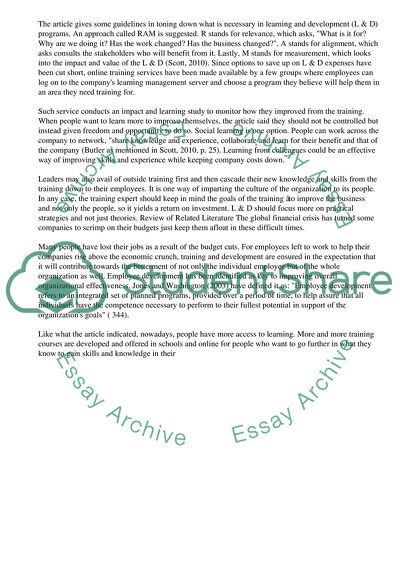Cite this document
(“Review of the Article Development Opportunity Essay”, n.d.)
Retrieved de https://studentshare.org/business/1390190-organizational-behavior
Retrieved de https://studentshare.org/business/1390190-organizational-behavior
(Review of the Article Development Opportunity Essay)
https://studentshare.org/business/1390190-organizational-behavior.
https://studentshare.org/business/1390190-organizational-behavior.
“Review of the Article Development Opportunity Essay”, n.d. https://studentshare.org/business/1390190-organizational-behavior.


